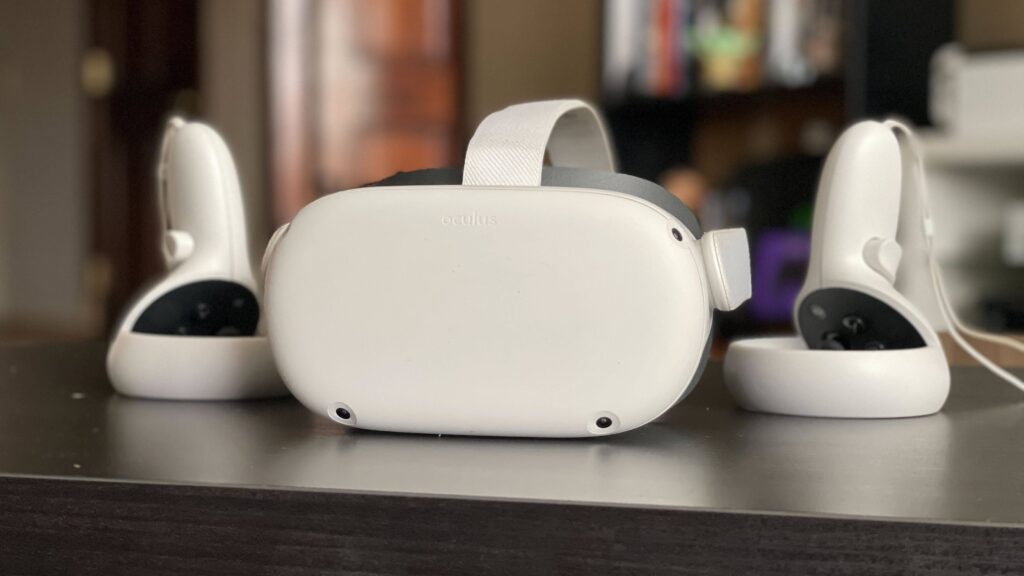Virtual reality (VR) games are becoming increasingly popular, requiring developers to create immersive environments that capture players’ attention and create realistic experiences. Game development in VR requires a different approach compared to traditional gaming due to the unique gameplay mechanics, performance and visual optimization, and testing aspects. Game developers must research and understand the capabilities and limitations of each VR platform, such as Oculus, HTC Vive, and PlayStation VR. Community feedback is a vital part of the success of any game, with in-game metrics, player feedback, and bug reports used to refine the game and perfect the VR experience.
Going Virtual: Tips and Tricks for Creating Excellent Virtual Reality Games
Introduction
Virtual reality games are rapidly growing in popularity among gamers and non-gamers alike. With the advancements in technology, developers are now able to create realistic and immersive experiences that transport players to an entirely different world. However, creating a successful virtual reality game can be challenging, and require a different approach compared to traditional gaming.
Understanding the VR Landscape
Before delving into the development process, it’s important to understand the current virtual reality landscape. The virtual reality market is undergoing rapid growth, with new VR headsets being released frequently. The most popular platforms being used for VR gaming include Oculus, HTC Vive, and PlayStation VR. It’s crucial for game developers to research and understand the capabilities and limitations of each platform to optimize the VR experience for players.
Building Immersive Environments
The primary benefit of virtual reality gaming is its ability to transport players to entirely new worlds. As such, developers must focus on creating an immersive environment that captures the player’s attention and allows them to feel a part of the game. Designers should focus on ensuring that the environment is interactive, visually stunning, and delivers a realistic experience to the player.
Creating Unique Gameplay Mechanics
Gameplay mechanics are the backbone of any game, but in virtual reality games, they are even more critical. Players expect to have a unique and satisfying experience when wearing a VR headset, and developers must focus on creating gameplay mechanics that integrate well with the virtual reality environment. Unique mechanics such as hand movements, body motion, and gaze controls should be utilized to provide a memorable and immersive gaming experience.
Optimizing Performance and Visuals
Virtual reality games require robust performance and high-quality visuals to deliver an immersive experience. Players expect a smooth and seamless gaming experience that runs smoothly even on lower-end hardware. Developers must optimize the game to deliver an acceptable frame rate and low latencies, along with high-quality visuals. A lower frame rate or lag can cause nausea, headaches and dizziness among players, which can impact the popularity of the game.
Testing and Feedback
Testing and feedback are essential to the success of any game, but in virtual reality, it’s even more vital. Developers should focus on getting community feedback on the gameplay experience and any potential issues players may be facing. Using testing tools such as in-game metrics, player feedback and bug reports, developers can refine the game and perfect the VR gaming experience.
Conclusion
Virtual reality is an ever-growing industry, and developers need to take advantage of this opportunity to create immersive gaming experiences. With the right approach, tools and understanding of the VR landscape, game developers can create games that not only surpass player expectations but also make a significant mark in the virtual reality gaming industry.
